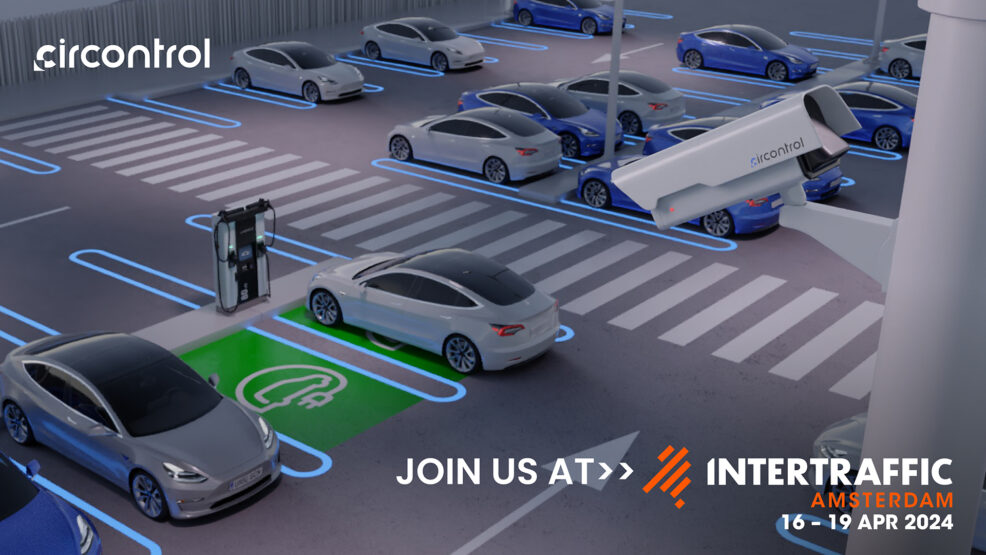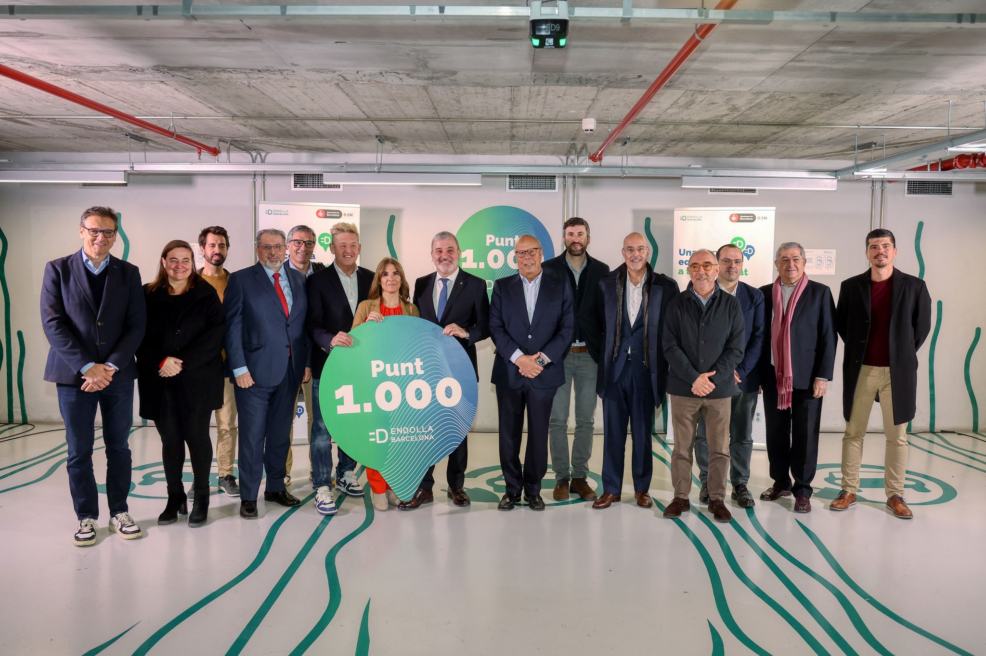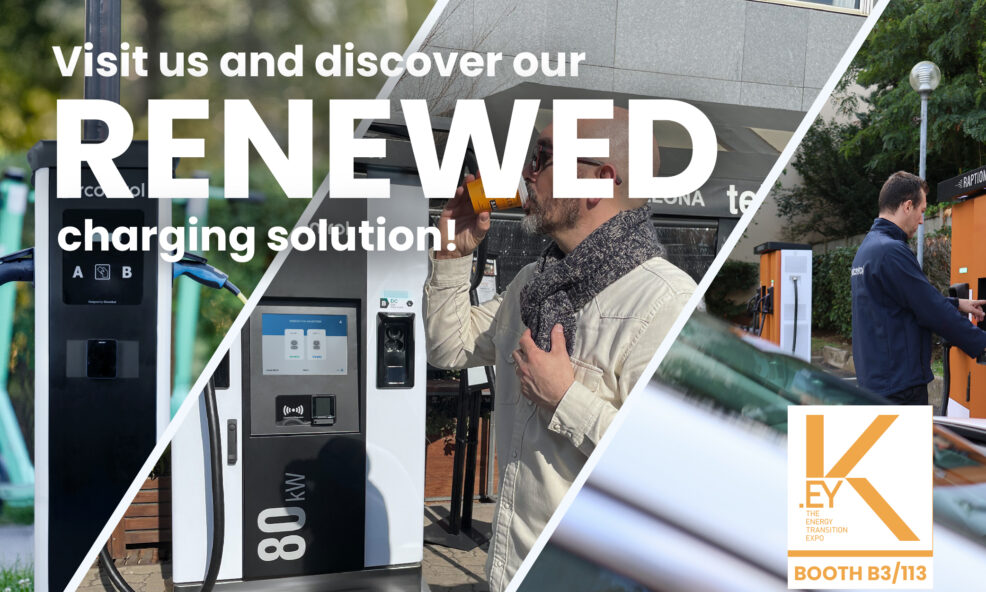The company has tested the compatibility of its 150-kW charger with Idiada’s trial pantograph
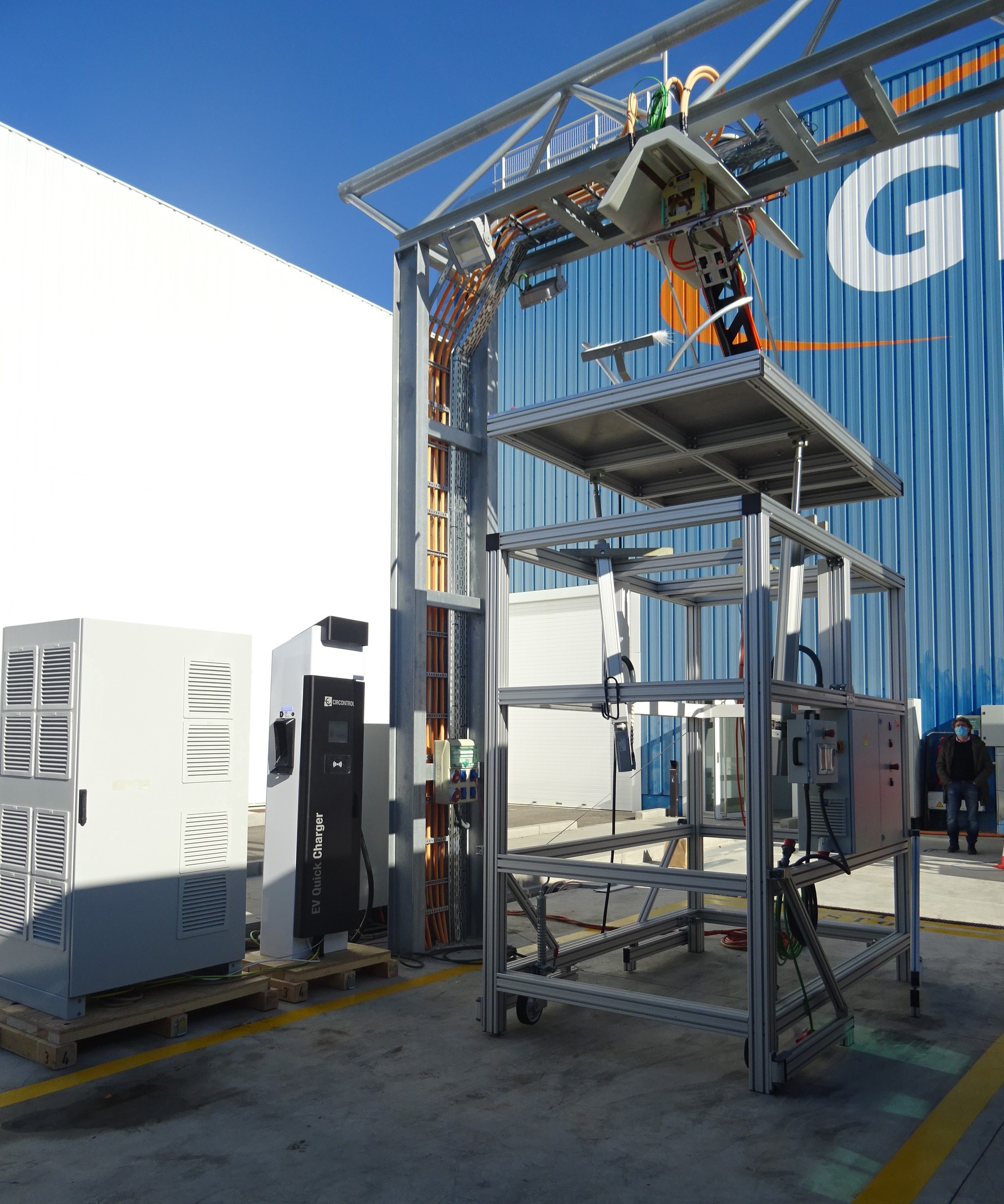 The increasing number of eBuses in public transport leads to new challenges, not only for bus operators but also for charging infrastructure manufacturers. To keep an eBus charged and ready to cover the whole route, several strategic stops are established along the way. At these stops, it is necessary to minimize the charging time as much as possible so the buses can continue their journey as soon as possible. In these cases, a pantograph is used, which allows for a high-power charge (350 kW – 400 kW) within a very short time. This kind of charge, known as opportunity charging, is used in conjunction with slower charges at depots, which are normally done during the night. However, pantographs are also used in depots as they automate and simplify the charging process. A pantograph also minimizes the drivers’ responsibility and increases their safety, with fewer cables on the ground.
The increasing number of eBuses in public transport leads to new challenges, not only for bus operators but also for charging infrastructure manufacturers. To keep an eBus charged and ready to cover the whole route, several strategic stops are established along the way. At these stops, it is necessary to minimize the charging time as much as possible so the buses can continue their journey as soon as possible. In these cases, a pantograph is used, which allows for a high-power charge (350 kW – 400 kW) within a very short time. This kind of charge, known as opportunity charging, is used in conjunction with slower charges at depots, which are normally done during the night. However, pantographs are also used in depots as they automate and simplify the charging process. A pantograph also minimizes the drivers’ responsibility and increases their safety, with fewer cables on the ground.
So far, the Raption 150 has been a preferable option for depots, where eBuses are charged more slowly in a traditional way (50 kW – 150 kW), via cables. Thanks to the testing sessions with Idiada, one of the leading testing and homologation companies, Circontrol is working on a charging solution for electric buses at depots using pantographs and the Raption 150. In addition, it is expected that, with the development of new high-power chargers (350 kW), Circontrol will export this system and be able to offer opportunity charging in the near future.

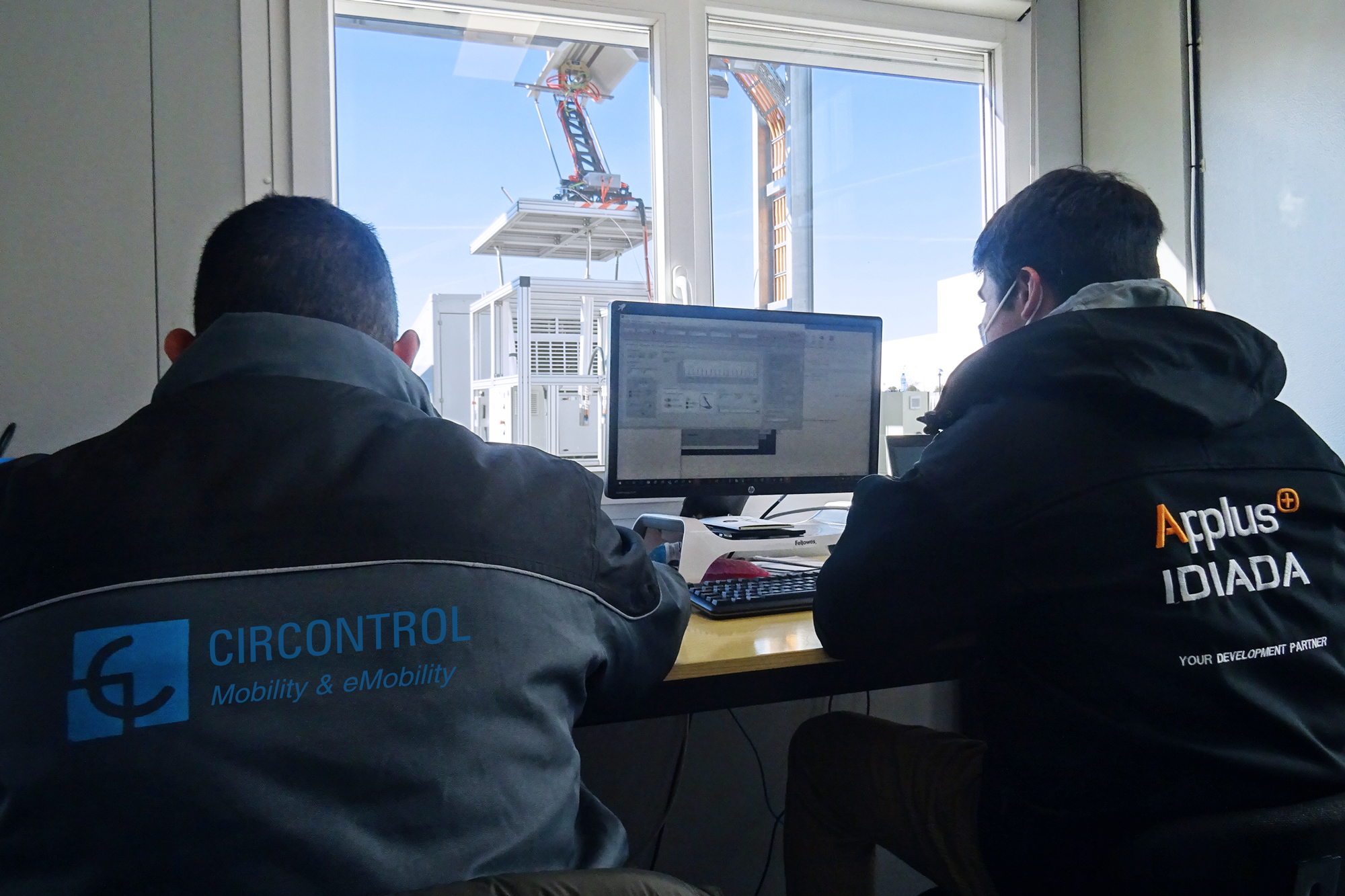
 The increasing number of eBuses in public transport leads to new challenges, not only for bus operators but also for charging infrastructure manufacturers. To keep an eBus charged and ready to cover the whole route, several strategic stops are established along the way. At these stops, it is necessary to minimize the charging time as much as possible so the buses can continue their journey as soon as possible. In these cases, a pantograph is used, which allows for a high-power charge (350 kW – 400 kW) within a very short time. This kind of charge, known as opportunity charging, is used in conjunction with slower charges at depots, which are normally done during the night. However, pantographs are also used in depots as they automate and simplify the charging process. A pantograph also minimizes the drivers’ responsibility and increases their safety, with fewer cables on the ground.
The increasing number of eBuses in public transport leads to new challenges, not only for bus operators but also for charging infrastructure manufacturers. To keep an eBus charged and ready to cover the whole route, several strategic stops are established along the way. At these stops, it is necessary to minimize the charging time as much as possible so the buses can continue their journey as soon as possible. In these cases, a pantograph is used, which allows for a high-power charge (350 kW – 400 kW) within a very short time. This kind of charge, known as opportunity charging, is used in conjunction with slower charges at depots, which are normally done during the night. However, pantographs are also used in depots as they automate and simplify the charging process. A pantograph also minimizes the drivers’ responsibility and increases their safety, with fewer cables on the ground.